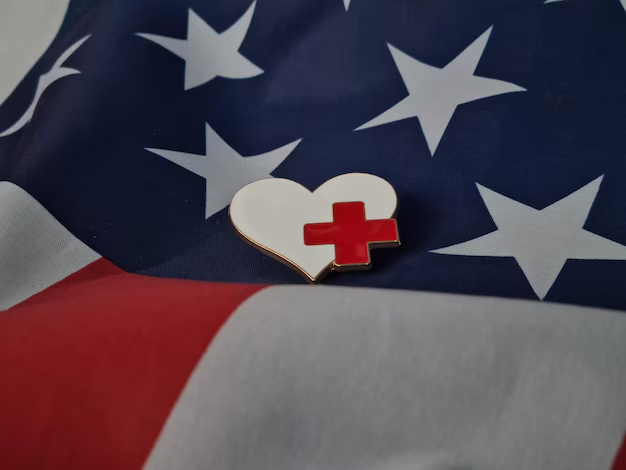Understanding Troop Costs in Medicare: A Practical Guide
Navigating the complexities of Medicare can feel daunting, especially with the plethora of terminology that comes with it. One such term you might encounter is TrOOP, which stands for "True Out-of-Pocket" costs. Understanding TrOOP is vital for Medicare beneficiaries, particularly those enrolled in the Part D prescription drug plan, as it affects how and when you become eligible for additional coverage and savings on your medications.
What is TrOOP in Medicare?
True Out-of-Pocket costs represent the total amount you, or someone on your behalf, pay for your prescription drugs. TrOOP is crucial because, once your out-of-pocket expenses reach a certain limit, you exit the initial coverage period and enter a phase known as the catastrophic coverage phase. In this phase, you're only required to pay a small coinsurance amount or copayment for covered drugs for the rest of the year.
Costs Included in TrOOP:
- Deductibles: Any deductible amounts you pay before your plan starts to cover drug costs.
- Copayments and Coinsurance: These are your share of the costs after the deductible is paid.
- Payments by Others: This includes payments made directly by family members or non-profit organizations that assist with medication costs.
- Payments under the Low-Income Subsidy Program: Also known as "Extra Help," this includes any financial assistance you receive to help you pay for Medicare Part D.
Costs Excluded from TrOOP:
- Premiums paid for Medicare Part D coverage.
- Costs paid by your Medicare Part D plan.
- Payments for drugs not covered by your Part D plan.
- Discounts received from drug manufacturers in the coverage gap.
How TrOOP Impacts Your Medicare Coverage
Once your TrOOP expenses reach the designated threshold for the year, which typically changes annually, you'll transition from the standard coverage gap—often referred to as the "donut hole"—into the catastrophic coverage phase. This transition substantially reduces your out-of-pocket drug costs, providing significant financial relief.
Understanding TrOOP not only helps you plan your drug expenses efficiently but also prepares you to leverage available resources meant to ease these costs. Knowing your TrOOP status can guide decisions on whether you may benefit from government aid programs or other financial assistance steps.
Exploring Financial Assistance beyond Medicare
For those who need further assistance beyond what TrOOP and Medicare offer, several resources are available to ease financial burdens and offer support:
Financial Assistance & Support Options:
- Low-Income Subsidy (Extra Help): Reduces prescription drug costs under Part D.
- Medicaid: Offers additional health coverage for eligible low-income individuals.
- State Pharmaceutical Assistance Programs (SPAPs): Provides state-specific assistance for drug costs.
- Non-Profit Organizations: Entities like the Patient Advocate Foundation can offer financial guidance and support.
These programs aim to assist individuals in managing healthcare costs and ensure that the required medications remain accessible without leading to undue financial strain.
Additional Financial Resources:
🌟 Debt Relief Solutions: For managing other out-of-pocket expenses outside of medication.
🎓 Educational Grants and Scholarships: For those looking to continue education amid healthcare challenges.
💳 Credit Counseling Services: Helps protect credit scores and manage debt effectively.
By leveraging these resources, you can better manage your healthcare expenses, ensuring you remain focused on what truly matters: your health and well-being.

Related Topics
- Am I Elgible For Medicare
- Am I Enrolled In Medicare
- Am I Qualified For Medicare
- Are Adult Diapers Covered By Medicare
- Are Chemotherapy Drugs Covered By Medicare Part d
- Are Colonoscopies Covered By Medicare
- Are Covid Tests Covered By Medicare
- Are Cpap Machines Covered By Medicare
- Are Cpap Supplies Covered By Medicare
- Are Dental Implants Covered By Medicare